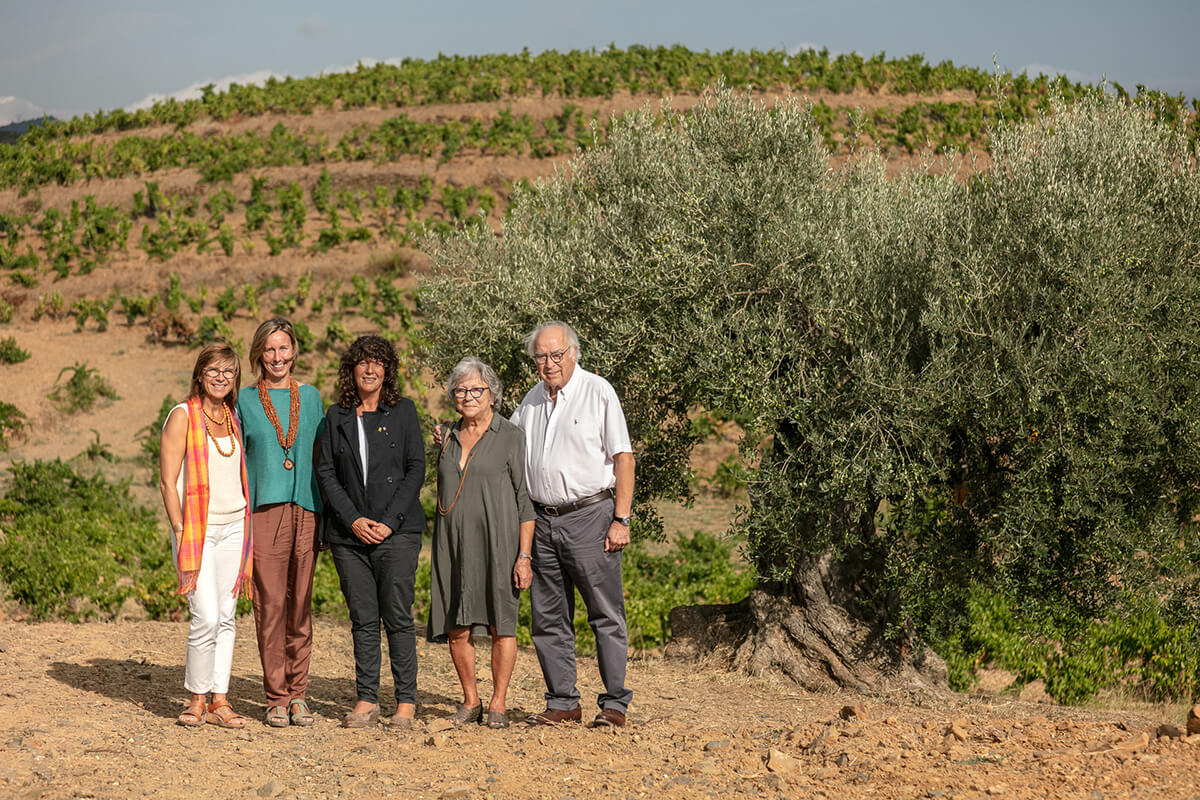Mas d'en Gil
Catalonia, Spain
This year, Spain’s Priorat region is celebrating a thousand years of wine growing as well as the 60th anniversary of its protected designation of origin. It was at the beginning of the last century that Mr. Francesc Gil, first owner to take over the estate from the religious order, introduced his oil at the Paris and Vienna world fairs.
Since 1998, the Mas d’en Gil estate is owned by the Rovira Carbonell family’s fourth generation of wine growers. Forty-five hectares, representing only 30% of the estate’s total area, are planted with vines aged 10 to 110 years, mainly of the Grenache and Carignan varieties. The estate is also planted with century-old olive trees producing the famous Arbequina variety, prized by consumers for its mildness and aromatic notes of apple and banana. Almond trees and Mediterranean tree species also grow there, flanking land dedicated to integrated farming. The slatey soil (“Llicorella”) and Mediterranean breeze (“Garbinada”) give the Mas d’en Gil estate’s olive trees and vines their distinctive character.
The Priorat
According to legend, Alfonso the Chaste entrusted two knights with the mission of finding a suitable building site for a Carthusian monastery in Catalonia. At the foot of the Montsant (“holy mountain”), in what is today the Priorat region, they met a shepherd who told them that from time to time, a ladder to heaven, used by angels, would appear at the top of the highest pine in the valley. In 1194, the first stone of the Scala Dei (“ladder of God”) monastery was laid on this spot.
Over the past 900 years, numerous wine- and olive-growing villages have appeared on the slatey slopes of the Montsant. At the beginning of the 19th century, the local wine industry grew remarkably quickly following the ecclesiastical confiscations of Mendizábal, which allowed individuals to acquire resources and monasteries from religious order.

